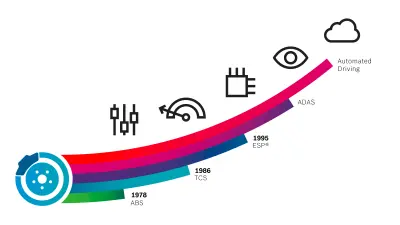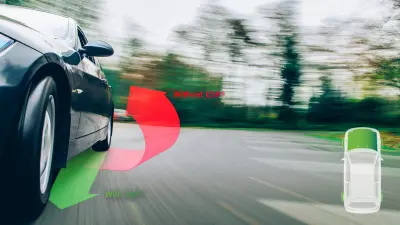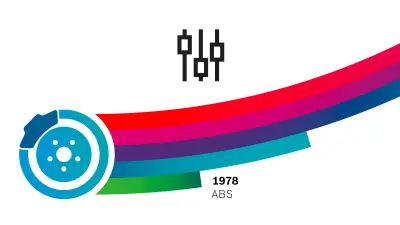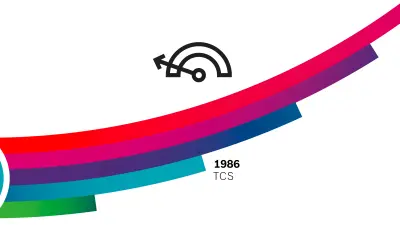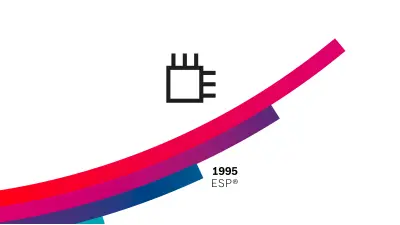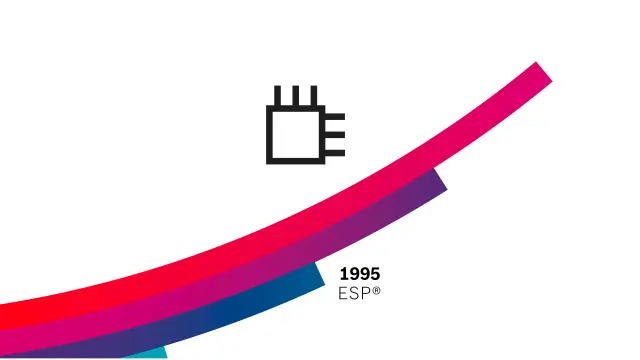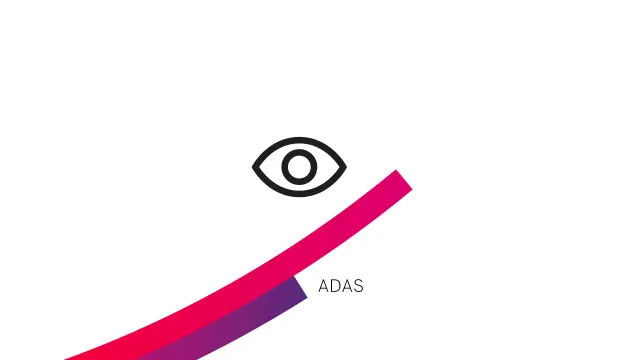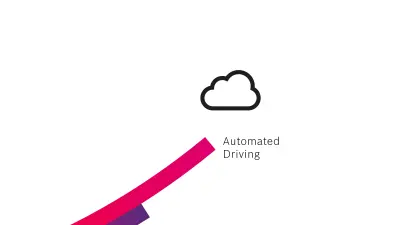#stopthecrash: Striving for greater safety
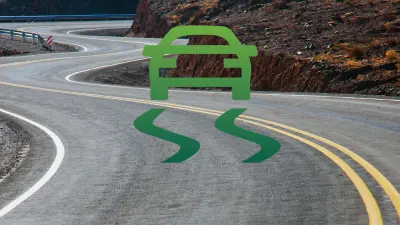
2018-03-19
The more a car is equipped with driver assistance systems, the safer it is on the road. The ultimate goal is accident-free driving. A lot of new technology to bring about this change has already been put into practice — as shown for example by the Stop the Crash initiative.
260,000
accidents were prevented in Europe by ESP® between 1995 and 2015
Avoiding accidents, saving lives
“For Bosch, every traffic fatality is one too many,” says Dr. Dirk Hoheisel, member of the Bosch board of management. Therefore Bosch, together with other major companies, supports the “Stop the Crash” initiative of the consumer association Global New Car Assessment Programme (Global NCAP). The multi-stakeholder partnership campaigns for technologies which are designed to mitigate accident rates and save lives. It thus supports the goal of the United Nations to halve the number of road traffic fatalities by 2020.
“ESP® is the most important safety system in vehicles after the seat belt but before the airbag.”
As a part of the program, nine Chinese automobile manufacturers — responsible for 12 brands — have resolved to equip all new models from 2018 onwards with Bosch’s Electronic stability program (ESP®). ESP® was developed by Bosch in 1995 to keep vehicles on the road and under the driver’s control in critical situations.
How does ESP® work?
Stop the Crash: Road safety in China
China is one of the fastest growing automobile markets in the world — the demand for advanced safety systems is increasing rapidly. In as recently as 2011, only 15 per cent of all new cars were equipped with ESP®. In the meantime, this share has risen by more than fourfold — to 63 per cent in 2017. Through Stop the Crash, it will continue to grow. “Public awareness in China for accident risks is increasing all the time. At the same time, it boosts the need for innovative technologies through which accidents can be prevented,” explaines Liming Chen, Regional President Chassis Systems Control Division of Bosch in China.
USA, Europe and Australia still rank ahead of China in respect of new vehicle registrations with ESC® systems. “These countries reacted quickly to the goals of the United Nations to halve the number of road traffic deaths by 2020,” says Chen. “An initiative like Stop the Crash will further increase the number of new vehicle registrations with ESP® also in China. To achieve these objectives, all the stakeholders have to collaborate. The industry has to supply innovations; governmental institutions have to put the right infrastructure into place; and drivers have to be vigilant about greater road safety.”

Up to 80 per cent
of all skid-related accidents could, according to studies, be prevented with ESP®
Active safety systems can save people’s lives
In addition to passive safety systems like seat belts and airbags, active safety systems are helping to further reduce the number of fatalities and casualties in road traffic. Prevention is the best protection against accidents. Studies show that technologies from Bosch Active Safety, like for example the anti-lock braking system (ABS), ESP® and emergency braking systems, save lives.
